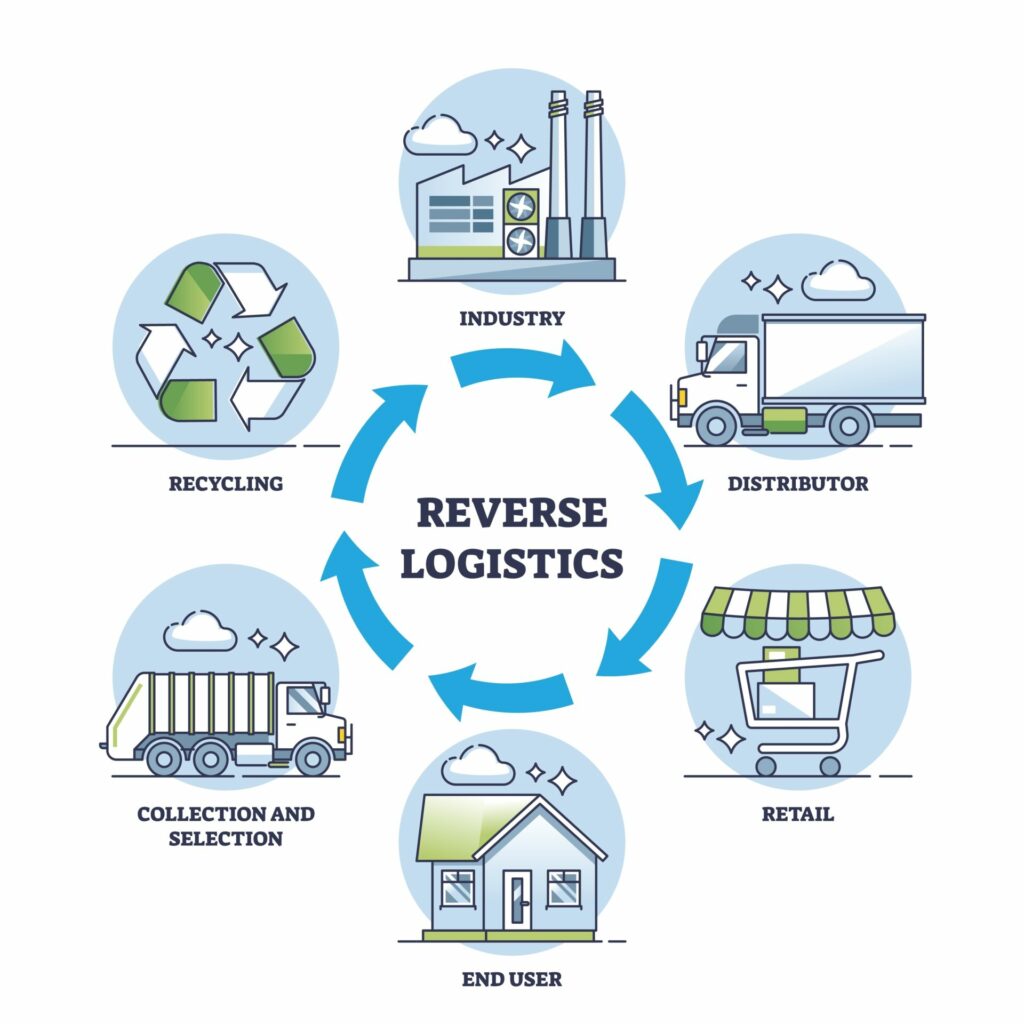If you can believe it, there was once a time when texting wasn’t the norm. Instead, friends just picked up the phone and called each other… or, they sent emails.

Hard to believe, right? Texting, or SMS, has become the norm in today’s age of instant gratification and smartphone dependence.
Want to say hi to family across the country? Send a quick text. Need to pick up your friend? Rather than beeping or ringing a doorbell, a quick “I’m outside” will do.
If you haven’t been living under a rock, it’s likely that texting has become a part of your everyday life. There’s something about it that’s just so… easy!
Interestingly, this form of communication doesn’t always make the cut for brands in terms of their marketing strategy. But, with so many consumers consistently checking their phones for texts, it holds a lot of engagement power.
Let’s dive in!
What is SMS marketing?
Simply put, is the practice of sending out texts to customers. SMS stands for “short message service” and this opens up an entirely new channel of communication with prospective and current consumers.
There are many types of SMS marketing strategies that a brand can partake in. For example, brands can text their customers about , back-in-stock products, new items, welcome campaigns, and more.
So, what? Are brands just saying “hi” to their customers in hopes of a response?
Not exactly. SMS marketing doesn’t work the same way as texting a friend or family member. It’s a curated message that comes through text form but typically doesn’t require a reply unless it’s an opt-in/out message.
The great thing about SMS marketing is that it’s an “owned” channel, which means brands have full visibility and control over what their messages say and who receives them.
So, customers who missed a product before it ran out could potentially receive a “back in stock!” text message alerting them. Or, brand-new customers might get a text offering them 15% off their first purchase to encourage buying.
Why is SMS marketing important in e-commerce?
As we said, texting has become a pretty normal part of our everyday lives.
In fact, almost 100% of texts get opened and read by their recipients. With such a positive track record, its little wonder why brands are exploring this communication method for added engagement.

Plus, younger consumers like Millennials and Gen Z have grown up in a highly digital world. They’re used to instant gratification and immediate attention. Having an SMS channel as part of your strategy could provide this huge cohort of customers with exactly what they’re looking for.
Last but certainly not least, there’s the personalization factor. Consumers everywhere are looking for more with their favorite brands. And, SMS marketing has the ability to provide a personalized experience right in the palm of your customer’s hands through segmented customer lists.
SMS best practices
Ensure your audience has opted in
No one likes to get unwelcome text messages. If you were pinging your customers via text when they didn’t ask for it they could become frustrated – marking your brand as “spam.”
When developing an SMS channel for communication, make sure you have a clear opt-in message, where customers not only have to sign up to receive texts but also reply “Y” or “N” to their first message to confirm their interest. Better safe than sorry!
Make it personal
Personalization is key here. Constantly texting customers about every sale or every new item is bound to become excessive and even annoying for the recipients.
Instead, try to keep your communication relevant to customer browsing or purchase history. This way, they’ll be more inclined to engage with the text… perhaps be grateful that you’ve sent it.
Keep it short and sweet
Texting is kind of like Twitter – the shorter the better.
Texts typically max out around 160 characters, so longer messages have the potential to be broken up into various texts, making them difficult to follow.
Pro tip: too many words? Try replacing one with an emoji. “New 🥾 in this week!”
How Figs uses their stellar SMS marketing strategy
D2C healthcare apparel brand Figs has a very specific audience. They’re catering to nurses, doctors, medical students, and more – all of whom are on the run with bustling healthcare careers and minimal time for browsing online. For this reason, they’ve mastered the art of personalized SMS marketing with GIFs, emojis, and more.

Welcome message
Figs take the welcome message a step further by sending their contact card along. The results? Customers can quickly add them as a contact so they always know when Figs sends them a text. They’ve also added a little description for themselves, “100% Awesome Scrubs.”


Use of images and GIFs
They also use an image or GIF in almost every message. Not only do images attract the eye and tell a story, they’re easy to brand – this way, the customer receiving the text knows it isn’t spam.


Time of year
Seasonal texting is a great move for brands with different promotional products based on the time of the year. For example, Figs has a special “Quartz” color set of scrubs and accessories for Breast Cancer Awareness Month that they highlight over text.

Personal promotions and flash sales
Figs knows their audience, which is made up mainly of customers who work odd hours and plenty of overnight shifts, so they craft overnight sales and alert their community via text.
But texts don’t always have to be pushing a product. In one example, Figs texts the link to an application for tuition assistance, knowing plenty of their customers are med-schoolers.


Should your e-commerce brand invest in SMS marketing?
Developing an SMS marketing channel has the potential to be an incredible complement to your . But, ultimately, the suitability of SMS marketing depends on a few variables like your audience and your brand’s bandwidth to develop an entirely new communication channel. If your audience is younger, texting might resonate with them more than it does with an older, less tech-savvy generation of consumers.
Likewise, if your company doesn’t have the manpower to properly set up automated text message outreach and campaigns, it might be best to wait for a time when you can really nail SMS marketing. One thing’s for sure – consumers text daily. It’s up to your brand to decide whether or not you want to meet them there!




